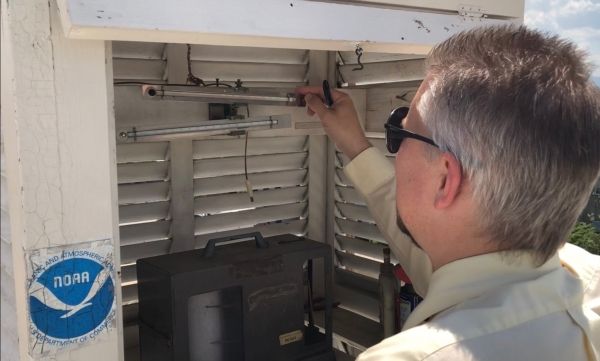Known as the U.S. Climate Normals, these 30-year averages — now spanning 1991-2020 — represent the new “normals” of our changing climate. They are calculated using climate observations collected at local weather stations across the country and are corrected for bad or missing values and any changes to the weather station over time before becoming part of the climate record.
Simply stated: The Normals are the basis for judging how daily, monthly and annual climate conditions compare to what’s normal for a specific location in today’s climate.
For the past decade, the Normals have been based on weather observations from 1981 to 2010. In early May, climate experts at NOAA’s National Centers for Environmental Information (NCEI) issued an updated collection based on the weather occurring from 1991 to 2020. The data set reflects a “new normal” that takes the most recent 30 years of climate change-influenced weather and climate conditions into account. (More: See our Climate Normals Explainer.)
Continue reading at NOAA
Image via NOAA


